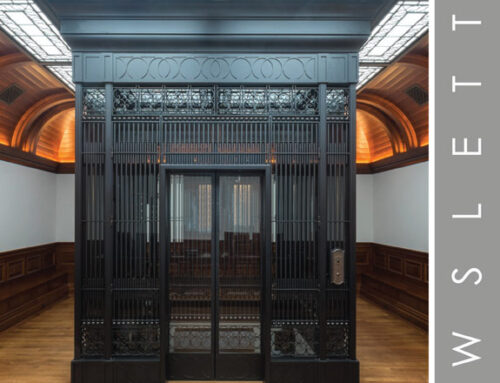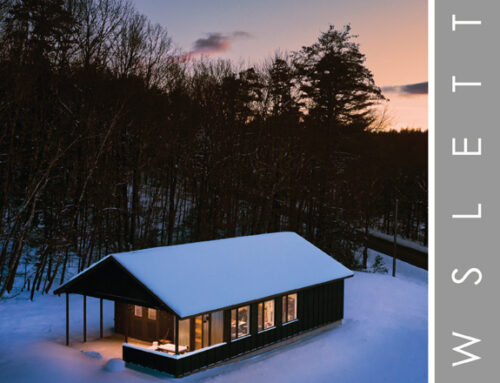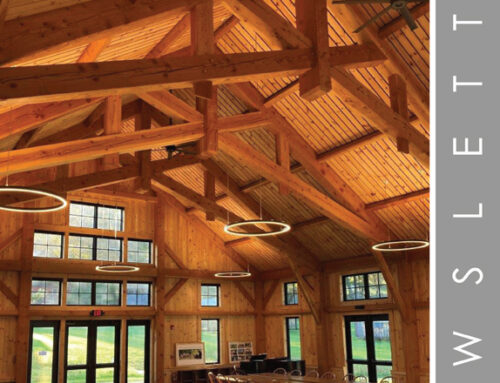By Harrison Smith Washington Post,March 31, 2020, 8:40 p.m.
WASHINGTON — Michael Sorkin, a fiery champion of social justice and sustainability in architecture and urban planning who emerged as one of his profession’s most incisive public intellectuals over a career as a critic, author, teacher, and designer, died March 26 in Manhattan. He was 71.
The cause was complications from COVID-19, said his wife, film theorist Joan Copjec.
Mr. Sorkin was an architectural gadfly, known for biting attacks on structures that he deemed pretentious or lacking in social purpose. He called the postmodernist style of the 1980s ‘‘an orgy of solipsism, narcissist architecture, absorbed with self-reference and facade,’’ and approached buildings from the perspective of a person on the street, asking how a new office tower or apartment block would contribute to a more just and equitable city.
‘‘For the woman staring at the CRT screen in the windowless back office, whether the doo-dads on the roof are Tuscan or De-Con will be of no great import,’’ he wrote in his 1991 book ‘‘Exquisite Corpse: Writing on Buildings.’’ It mattered far more, he believed, for architects and critics to consider questions of how a person should live and work, and to examine the political forces that caused luxury towers to rise and playgrounds to fall.
Mr. Sorkin, who wrote or edited 20 books, variously served as the architecture critic for the Village Voice and the Nation, led the Urban Design Forum in New York City, and directed the graduate program in urban design at the City College of New York’s Spitzer School of Architecture. He also presided over his own firm, Michael Sorkin Studio, and an urban research institute, Terreform.
His designs were whimsical, ambitious, and often unabashedly idealistic. He developed an alternative master plan for New York and dreamed up a ‘‘postindustrial, post-automotive city’’ known as Weed, Ariz.; created a ‘‘House as Garden’’ proposal that reimagined a narrow Harlem lot as a terraced, light-filled affordable housing development; and brought an emphasis on sustainability to numerous projects in China.
Relatively few of his proposals came to fruition. But they served as a platform for Mr. Sorkin to advance his ideas, including his belief in the importance of public spaces, the primacy of pedestrians over cars, and the ‘‘cheek by jowlness’’ that makes cities so vibrant.
‘‘He was probably our most impassioned advocate of architecture as a means toward social justice,’’ said architecture critic Paul Goldberger, who sparred with Mr. Sorkin in the 1980s before reconciling in recent years. ‘‘He believed passionately in public space and the city. He believed in equality. He believed, I think it’s fair to say, that architecture was inherently political and reflected social power . . . and he relentlessly pushed architecture to do better and to stand for more than it did.’’
Mr. Sorkin was primarily known for his criticism. A polymath who studied Persian literature in college and received a master’s in English at Columbia University, he studied architecture at MIT in the 1970s and turned to criticism after deciding it was almost impossible to work as a designer, at least in the way he wanted.
His work took aim at architectural giants like Philip Johnson, whose AT&T tower in Manhattan Mr. Sorkin derided as ‘‘the Seagram building with ears.’’ (Mr. Sorkin was once kicked off a panel examining the future of Times Square, according to critic and philosopher Marshall Berman, because Johnson ‘‘refused to appear in the same room with him.”) He also went after Goldberger, who was then at The New York Times and embodied, in Mr. Sorkin’s telling, ‘‘the aesthetics of yuppiefication.’’
Goldberger declared that Mr. Sorkin’s writing ‘‘is to thoughtful criticism what the Ayatollah Khomeini is to religious tolerance.’’ An unabashed Mr. Sorkin went on to use that quote as a blurb on the back of his books.
‘‘That was probably what was most endearing about him — he was one of the only radicals I’ve ever known who had a light spirit to him,’’ Goldberger said.
Nonetheless, Mr. Sorkin could be unusually forthright. He once interrupted a public meeting on the post-9/11 fate of the World Trade Center site by shouting an expletive at the moderators. Mr. Sorkin, who lamented that luxury developments were turning Manhattan ‘‘into the world’s largest gated community,’’ had called for the site to serve as a public space that encouraged ‘‘peaceable assembly.’’
“We do not hallow this ground simply by filling it with buildings,’’ he wrote in 2003.
Michael David Sorkin was born in Washington on Aug. 2, 1948. His mother was a social worker, and his father was an engineer and metallurgist who rose to direct an office of the Naval Sea Systems Command.
The family settled in Fairfax County, Va., where Mr. Sorkin became fascinated by architecture while exploring the mid-century modern buildings around his neighborhood. One of his neighbors had worked for the Olmsted brothers, the esteemed landscape architects, and became a ‘‘surrogate grandfather,’’ Mr. Sorkin told Architect magazine. His actual grandparents lived in New York City, which Mr. Sorkin visited on holidays, increasingly intoxicated by its skyline.
Mr. Sorkin graduated from the University of Chicago in 1969 and three decades later was commissioned by the school to design an alternative to its architectural master plan. He continued on for nearly three years, even after the school dismissed him, in a self-described ‘‘quixotic, self-financed, kamikaze process’’ to reimagine the campus, developing a proposal that featured rounded buildings and interconnected dorms.
He received a master’s degree from Columbia in 1971 and began his architectural studies at MIT that fall, only to leave school in 1973 and complete a master of architecture degree in 1984. He joined the City College faculty in 2000.
In 1982 he married Copjec, his sole immediate survivor.
Mr. Sorkin’s books include ‘‘All Over the Map’’ (2011), a collection of articles he wrote for Architectural Record, and ‘‘Twenty Minutes in Manhattan’’ (2009), a conversational account of his daily walk from Greenwich Village, where he lived, to his studio in Tribeca.
In Architectural Record before the 2016 election, he wrote: ‘‘Civilizations are marked by their priorities, and ours are too given over to prisons, malls, and McMansions and too little to good housing for all, complete and sustainable communities, green energy, rational mobility, structures of succor.”
“Politics programs our architecture. The emblem of Trump’s agenda is a piece of architecture — that absurd pharaonic wall he bruits for the Mexican border. His whole project trumpets control, and his mantra is shared by many an architect: just leave it to me!’’




